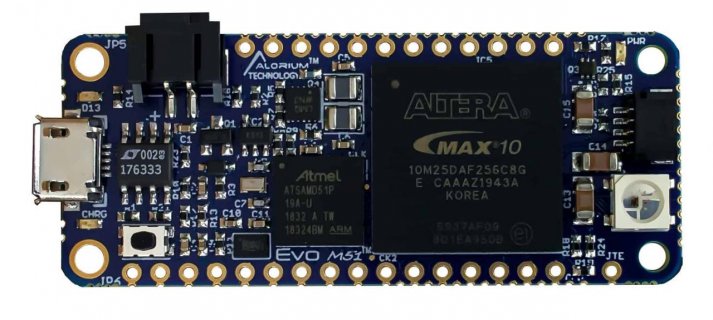Most, if not all of this, is available already. NXP supports its iMX.RT chips with the MCUExpresso package which includes a SDK that is based on the Arm CMSIS. They also offer FreeRTOS, iwIP, FATfs, and other middleware stacks.Also, a straight C SDK with Makefiles. In addition make an easy to use C library for all the peripherals such as GPIO, I2C, SPI, UART, I2S, interrupt handling, sleep modes, filesystem, Bluetooth etc. Something akin to the RP Pico SDK.
NXP provides example projects for gcc and cmake. If you prefer an IDE you can use eclipse or PlatformIO, or (paid) Keil or IAR.
Info here:
https://www.nxp.com/design/software...o-software-development-kit-sdk:MCUXpresso-SDK


